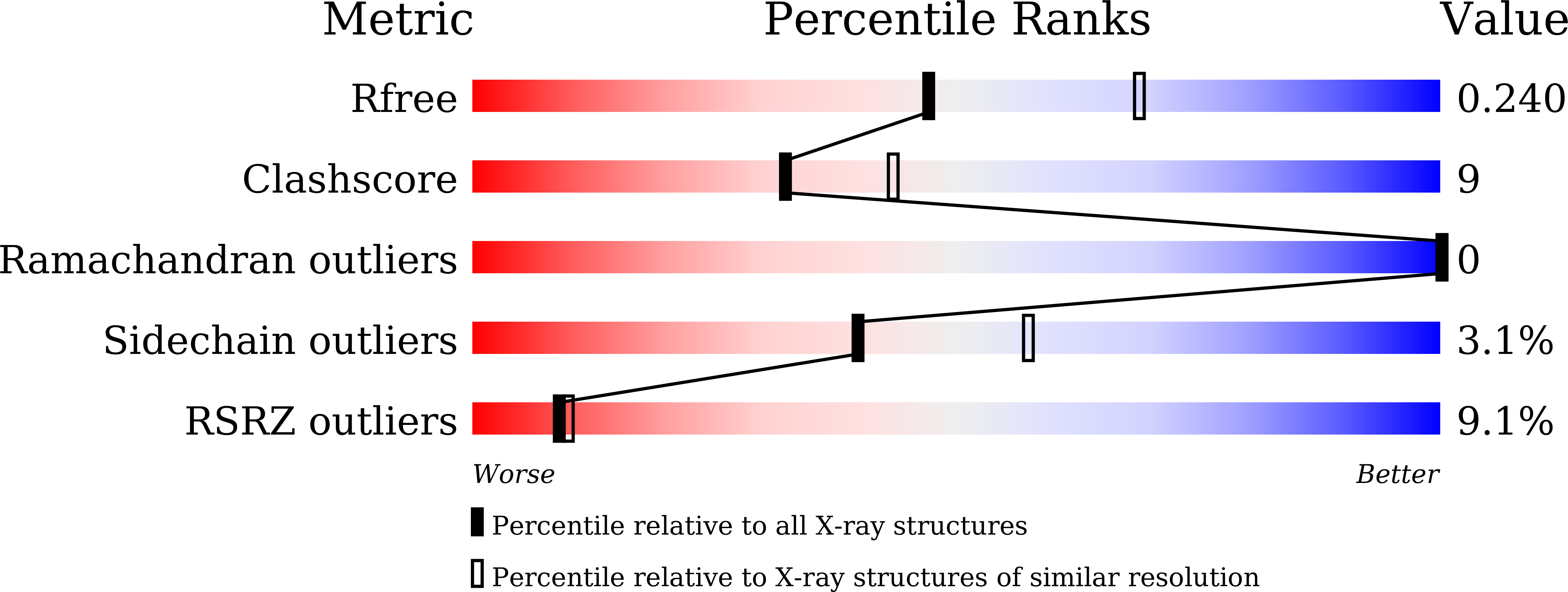
Deposition Date
2022-04-04
Release Date
2022-07-20
Last Version Date
2024-04-03
Entry Detail
PDB ID:
7XGE
Keywords:
Title:
Crystal structure of MCL-1 in complex with computationally designed inhibitor protein
Biological Source:
Source Organism:
synthetic construct (Taxon ID: 32630)
Homo sapiens (Taxon ID: 9606)
Homo sapiens (Taxon ID: 9606)
Host Organism:
Method Details:
Experimental Method:
Resolution:
2.38 Å
R-Value Free:
0.24
R-Value Work:
0.20
R-Value Observed:
0.20
Space Group:
P 1


